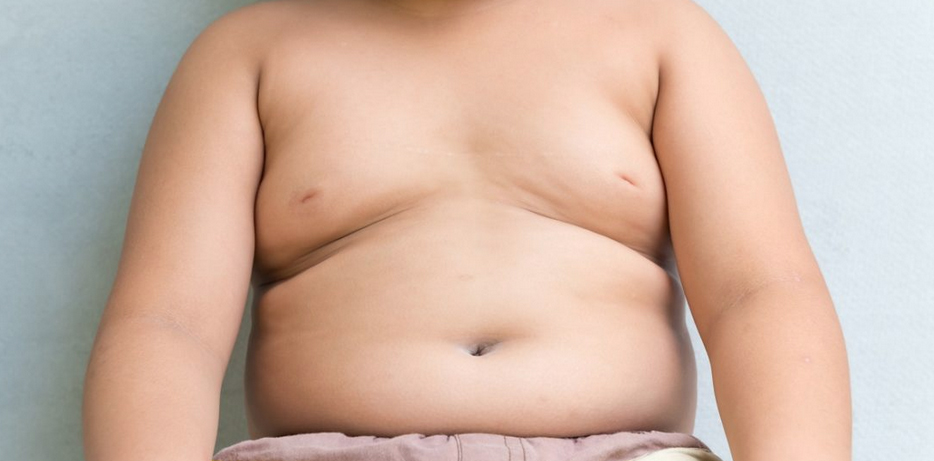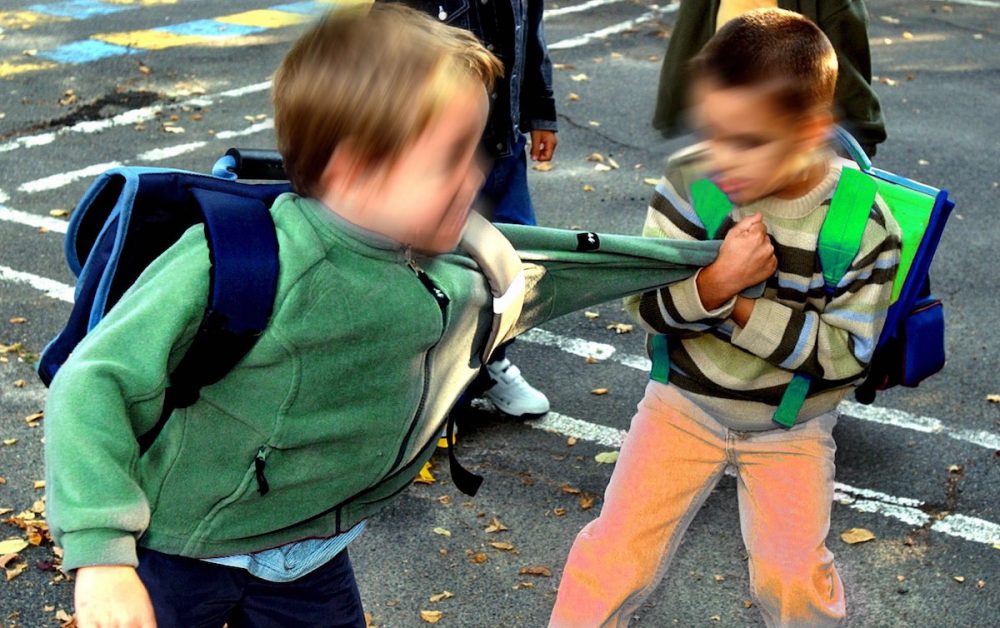Ten findings about ADHD, behavioural disorders and overweight in children
Lots of children grow out of their ADHD symptoms. Parents believe children are more physically active than they really are. Sad children are easily overlooked and don’t get the help they need in the preschool years. Some children gain more weight than others – which can solely be explained by children’s eating behaviour.
These are some of the findings from the Trondheim Early Secure Study (TESS, Norwegian TTiT) longitudinal research project. The project began 10 years ago, when a thousand 4-year-olds and their families in Trondheim were randomly selected for the study. The study has followed the participants with check-ins every other year by way of extensive surveys including interviews, questionnaires, tests and observations.
The main aim is to map the extent and course of psychological difficulties in children.
No simple explanations
“Very few studies in the world have captured psychological difficulties so thoroughly from such an early age,” says Lars Wichstrøm. He is a professor at NTNU’s Department of Psychology and the research director for the Human Development Unit at NTNU Social Research.
Wichstrøm, who heads the Trondheim Early Secure Study, points out that it is important to include many – and different – variables in the children’s environment when investigating their development and functioning.
“The problems a lot of young people experience don’t have simple explanations,” he says.
Unique study
“The study is unique in an international context, for several reasons,” says Beate W. Hygen, who recently defended her PhD thesis, which is related to the project.

Overweight and inactivity pose a growing health problem in the Western world, so the project also wanted to map out what factors can predict weight problems, inactivity and unhealthy eating behavior, says Silje Steinsbekk. Photo: Therese Lee Støver
“First of all, we follow the children for a long time. Researchers also gather information on a lot of different aspects of the children’s or adolescents’ lives through interviews, questionnaires and observations. Plus, the parents, the day-care centre or school, and the children and teens themselves all provide information. This contributes to the breadth and depth of the project,” she says.
Overweight and inactivity pose a growing health problem in the Western world. One in four American children are overweight, and European statistics are similar.
“This is why we also wanted to use TESS to map what factors can trigger weight problems, inactivity and unhealthy eating behavior ,” says Silje Steinsbekk. She has been working extensively on this aspect of the project.
Ten project findings
The project is ongoing, with the sixth round of data collection in full swing. Results and analyses will continue to be reported in future years. Here is a progress report with ten findings from the project:
- Physical activity protects against future symptoms of depression. The project also shows that parents overestimate their children’s activity level. Participating children used an accelerometer (a device to objectively measure movement) for one week. When the data was compared to the parents’ questionnaire responses, it showed that parents’ estimates of their kids’ time in physical activity are far too high. There is no connection between how active children actually are and how active parents judge them to be.
 Read more about this research: Physically active children are less depressed
Read more about this research: Physically active children are less depressed
- Some groups in need of help are systematically overlooked, and many children don’t get the help they need from health services. Children with behavioural challenges receive help, whereas sad and fearful kids don’t. Preschool staff report less sadness and anxiety than parents do, suggesting that they don’t “see” or recognize these psychological challenges.

Read more about this research: Predicting Service Use for Mental Health Problems Among Young Children
- The way parents relate to their children’s eating is important for how kids’ own eating habits develop. Children who receive food as reward and comfort learn to eat regardless of how hungry they feel. This habit increases the risk of eating more than the body needs and thus becoming overweight.

Read more about this research: Parents’ use of emotional feeding increases emotional eating in school-aged children
- Genetics seem to play a role in how susceptible or malleable children are. Susceptible children absorb more from their surroundings than other children – ”for better and for worse”. This susceptibility can present challenges, but it can also be a strength. These children have the potential to function just as well as, or even better than children who are less susceptible to their environment. However, this requires that they have adult caregivers who are sensitive to their needs. Without supportive caregivers, susceptible children will tend to function more poorly than less susceptible children.

Read more about this research: Great heights and deep valleys
- Sleep disorders give rise to an increased risk of mental health problems and especially anxiety, but the relationship also goes the other way around: children with symptoms of psychological difficulties are at increased risk for sleep problems.

Read more about this research: Children’s sleep and mental health are interrelated
- Some children gain more weight than others. Eating habits alone explain this. The level of physical activity doesn’t seem to matter for how one’s weight develops.

Read more about this research: Eating habits matter most when children gain weight
- Children who are socially excluded in preschool have a higher risk of becoming aggressive later, which lays a poor foundation for a well-functioning school day. Friendships can protect against ADHD symptoms. Children become anxious about not fitting in.

Read more about this research: Friendships between young children can protect against ADHD
- Bullying in preschool happens from a young age. It has negative long-term consequences, both for the perpetrator and for the victim. The strongest link between psychological challenges and bullying among four-year-olds was observed in girls who were the “bullies,” and not in the “bullying victims” as might be assumed.
Read more about this research: Preschool predictors of childhood anxiety disorders: a prospective community study
A related study: Social Exclusion Predicts Impaired Self-Regulation: A 2-Year Longitudinal Panel Study Including the Transition from Preschool to School
Another related study: Preschool Social Exclusion, Aggression, and Cooperation
- Many kids actually outgrow ADHD symptoms, unlike previously believed – meaning there’s less stability in ADHD than has hitherto been assumed.
Read more about this research: Homotypic and heterotypic continuity of symptoms of psychiatric disorders from age 4 to 10 years: a dynamic panel model
- The size of childcare groups and how everyday life in the day-care centre is organized affect the children’s ability to bond with the adults working there. This in turn affects the risk the child runs for more behavioural disabilities and conflict with teachers when they begin school. Small groups and closed-group centres provide the best foundation for a good start to school life.
Read more about this research: Reciprocal Relations Between Student–Teacher Relationship and Children’s Behavioral Problems: Moderation by Child-Care Group Size
Another research report: Preschool-Age Problem Behavior and Teacher–Child Conflict in School: Direct and Moderation Effects by Preschool Organization
The Trondheim Early Secure Study is being carried out in collaboration with NTNU’s Department of Psychology, NTNU Social Research and Trondheim Municipality, and is financed mainly through funding from the Research Council of Norway.









